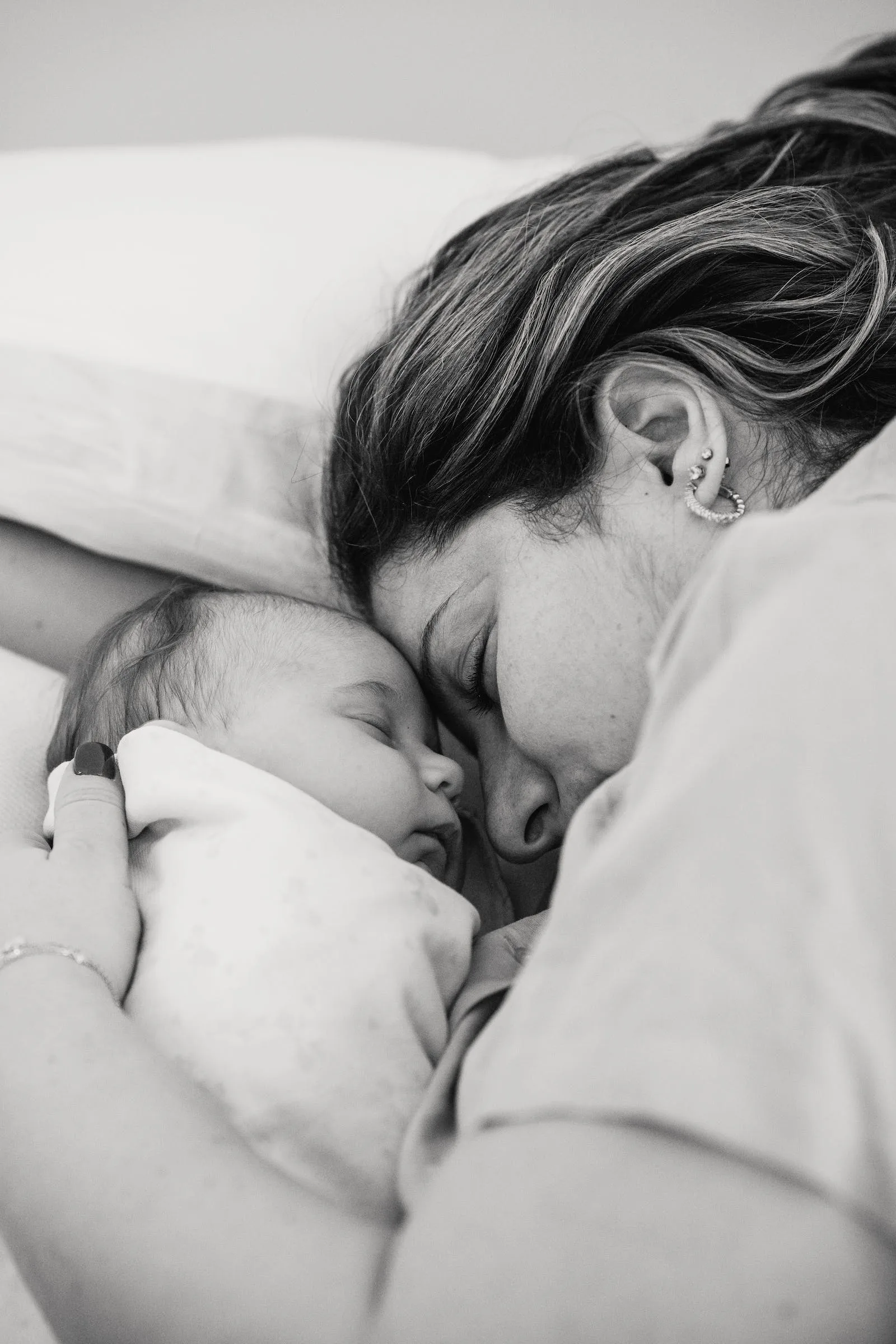Female orgasmic disorders, also known as anorgasmia, are a type of sexual dysfunction that occur when a woman has difficulty achieving orgasm during sexual activity. Female orgasmic disorders can be caused by a range of factors, including psychological and physical factors.
Psychological factors that can contribute to female orgasmic disorders include anxiety, stress, depression, relationship problems, and a history of sexual trauma. These factors can lead to a decrease in sexual desire, as well as difficulties with sexual performance. For example, anxiety about sexual performance can lead to a woman avoiding sexual activity or experiencing difficulty achieving orgasm, which can make it more difficult to enjoy sexual experiences.
Physical factors that can contribute to female orgasmic disorders include hormonal imbalances, medication side effects, nerve damage, and medical conditions such as diabetes or multiple sclerosis. Certain medications, such as antidepressants or blood pressure medications, can also cause female orgasmic disorders as a side effect.
The symptoms of female orgasmic disorders can vary from person to person. Some women may be able to achieve orgasm through masturbation but not during sexual activity with a partner. Others may be unable to achieve orgasm at all, regardless of the sexual activity. It is important to note that female orgasmic disorders are not the same as sexual desire disorders, which are the inability to feel sexual desire or interest in sexual activity.
Treatment for female orgasmic disorders will depend on the underlying cause of the condition. In some cases, psychotherapy or counseling may be recommended to address psychological factors that may be contributing to the problem. In other cases, medication or hormone therapy may be recommended to address physical factors that may be causing the condition.
In some cases, couples therapy may also be recommended to address relationship issues that may be contributing to the problem. Couples therapy can help improve communication and intimacy, and may also provide strategies for addressing sexual issues and improving sexual satisfaction.
Female orgasmic disorders are a type of sexual dysfunction that can be caused by a range of psychological and physical factors. Treatment options may include psychotherapy, medication, hormone therapy, or couples therapy, depending on the underlying cause of the condition.





















